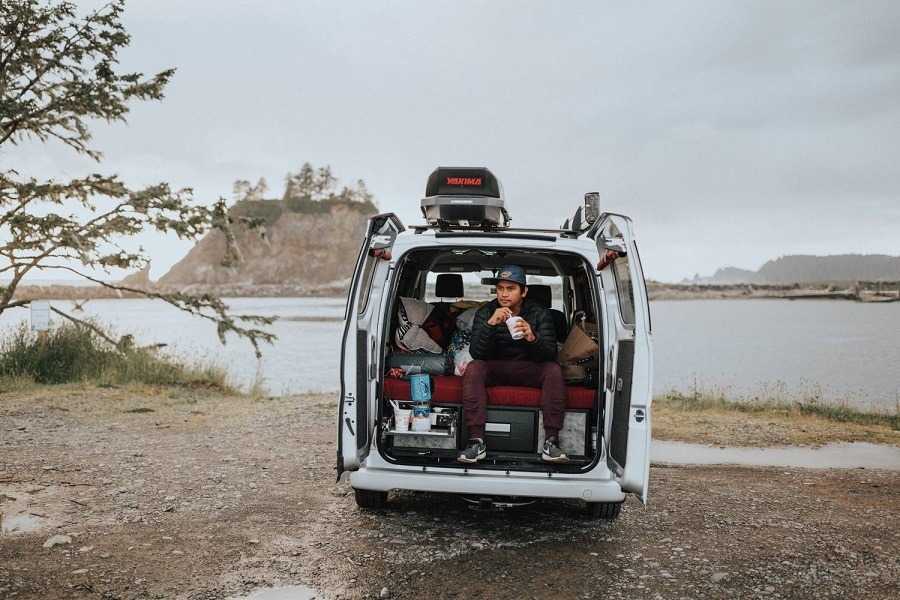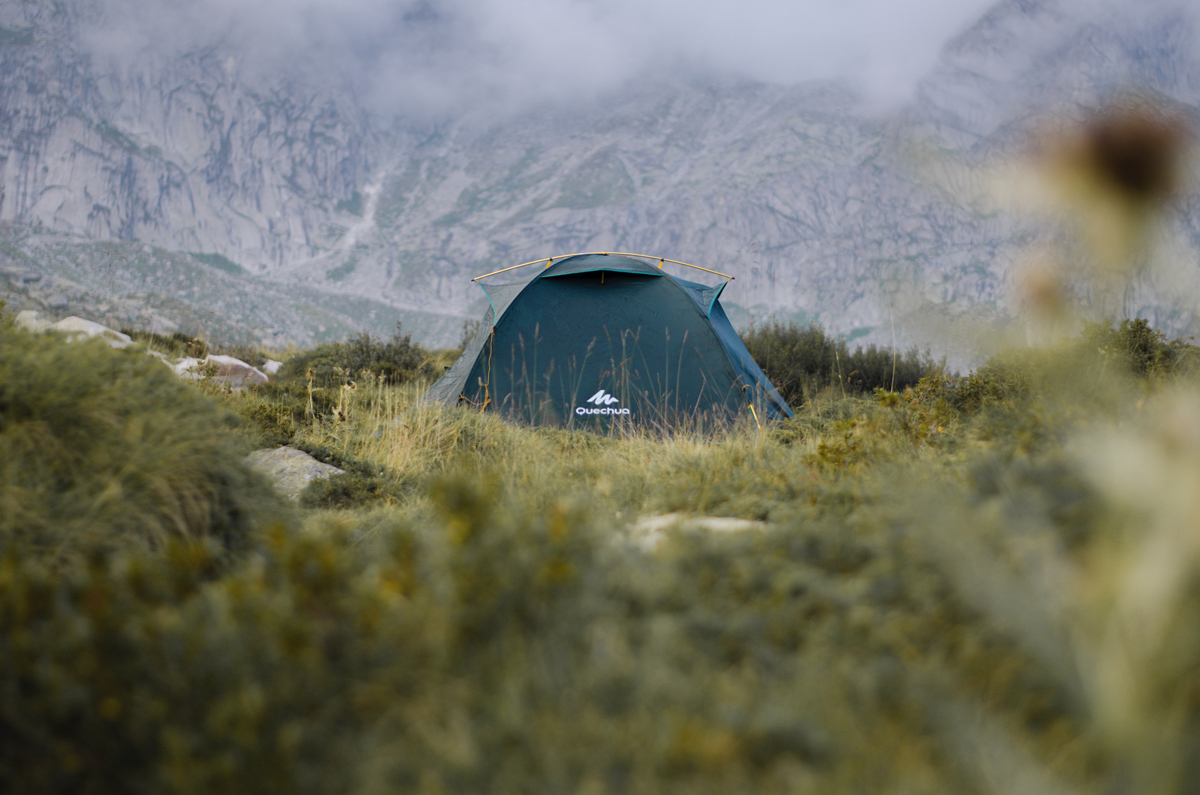Phone
+1-650-666-095
Contact E-mail
[email protected]
Address
16192 Coastal Hwy, Lewes, DE 19958-3608
Guide To National Parks and Camping
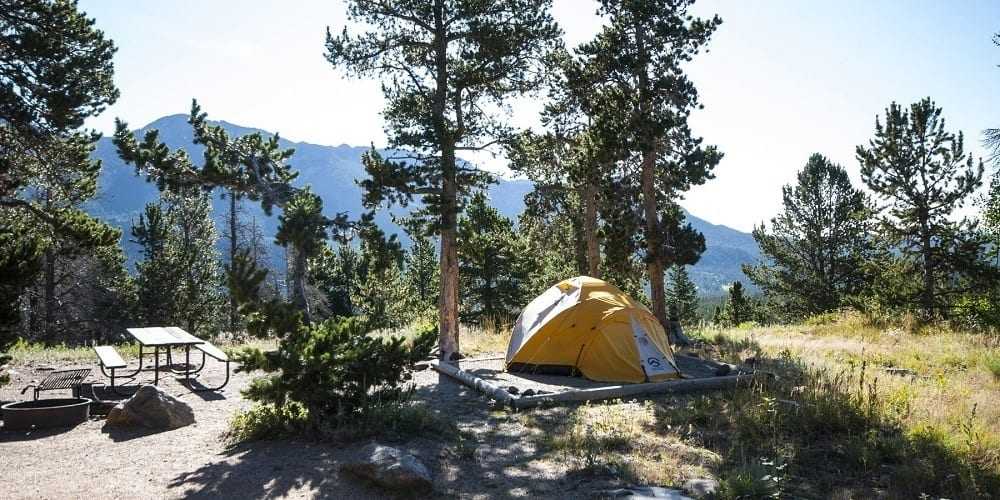

In the United States, we’re fortunate to have access to such beautiful and natural landscapes that surround us. For those who love national parks and camping, there are many campsites to choose from, but there are rules and regulations you need to follow. To ensure that these campsites can be enjoyed for generations to come, you must educate yourself on them before you head out and stick to the rules that are in place.
The National Park Service was founded in 1916 and has over 84 million acres of land. These spots are especially loved for their camp parks. The NPS has been divided into 932 national parks, which make great camping sites; however, not all of these allow campers to stay there, so it would be helpful to gather some park information.
Can You Camp In National Parks?
With over 900 parks to choose from when looking for somewhere to stay, almost every national park allows camping, but there are some exceptions, so it’s best to check before your camping trip.


Camping in national parks involves fees, usually around $10 to $20 per site. These parks can sometimes be reserved for camping, but it’s on a first-come-first-served basis, so it pays to be prepared and head off early if you plan camping for the night.
The best way to check what campsites there are and what the fees and booking processes are is to head to the government’s official website for federal campgrounds. This can also show you rules or regulations on national parks and camping on a specific site so you can camp safely and respectfully in your surroundings and others.
What Type Of Camping Is Allowed In National Parks?
There are two types of camping that you can do in a national park: backcountry camping and regular camping, which is done at specified sites. Each has its rules and regulations, so you’ll need to follow each depending on your preference for how you like to camp.
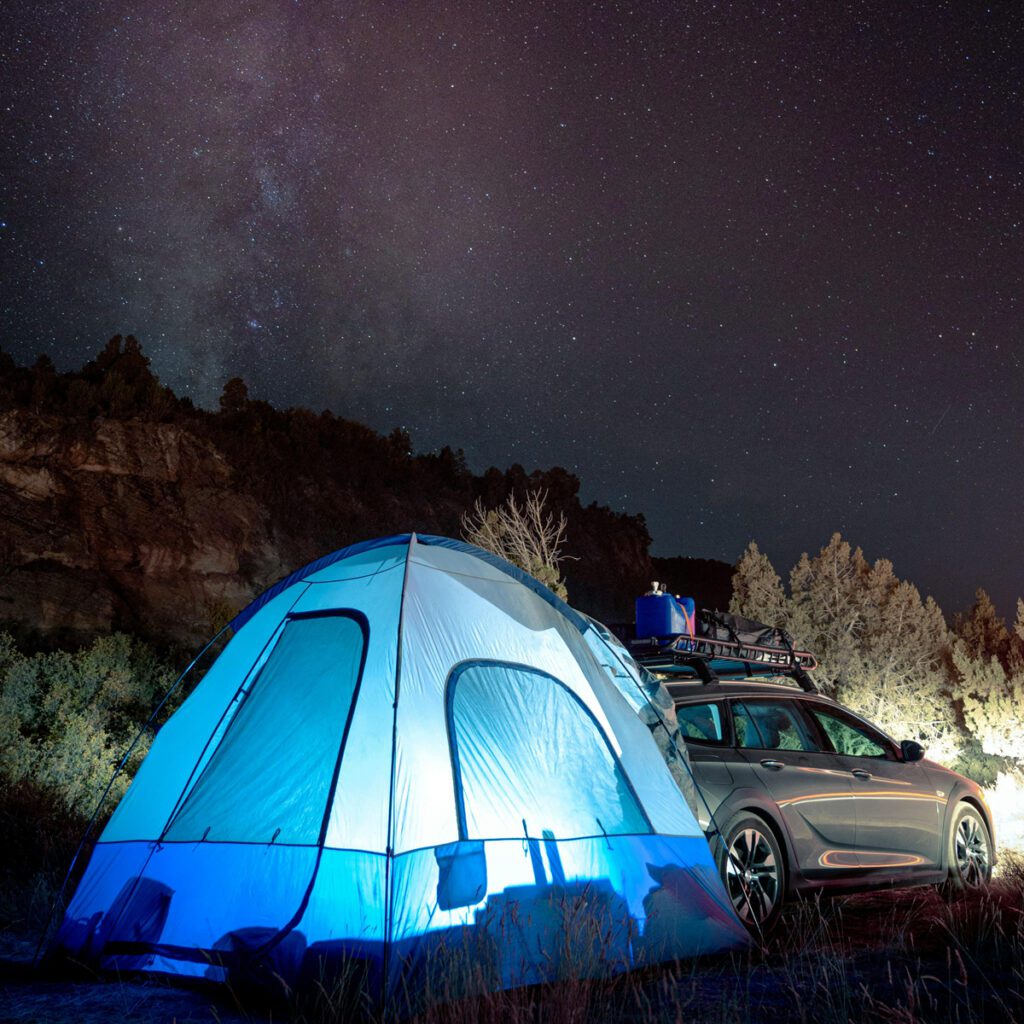

Backcountry camping refers to those who hike to a campground and carry all their gear, setting up once they find somewhere picturesque. Vehicles aren’t permitted in national parks without roads, so all your gear must be carried and taken with you when you leave. Not every park allows this type of camping, so do your research before you go.
Some national parks have fully developed camping grounds that give you almost everything you need, including cottages, bathrooms, and cooking facilities. They are accessible by vehicle and make it easier to carry your belongings this way if you would prefer. Again, you’ll need to check the government’s websites before you head off to see what is required of campers in the area.
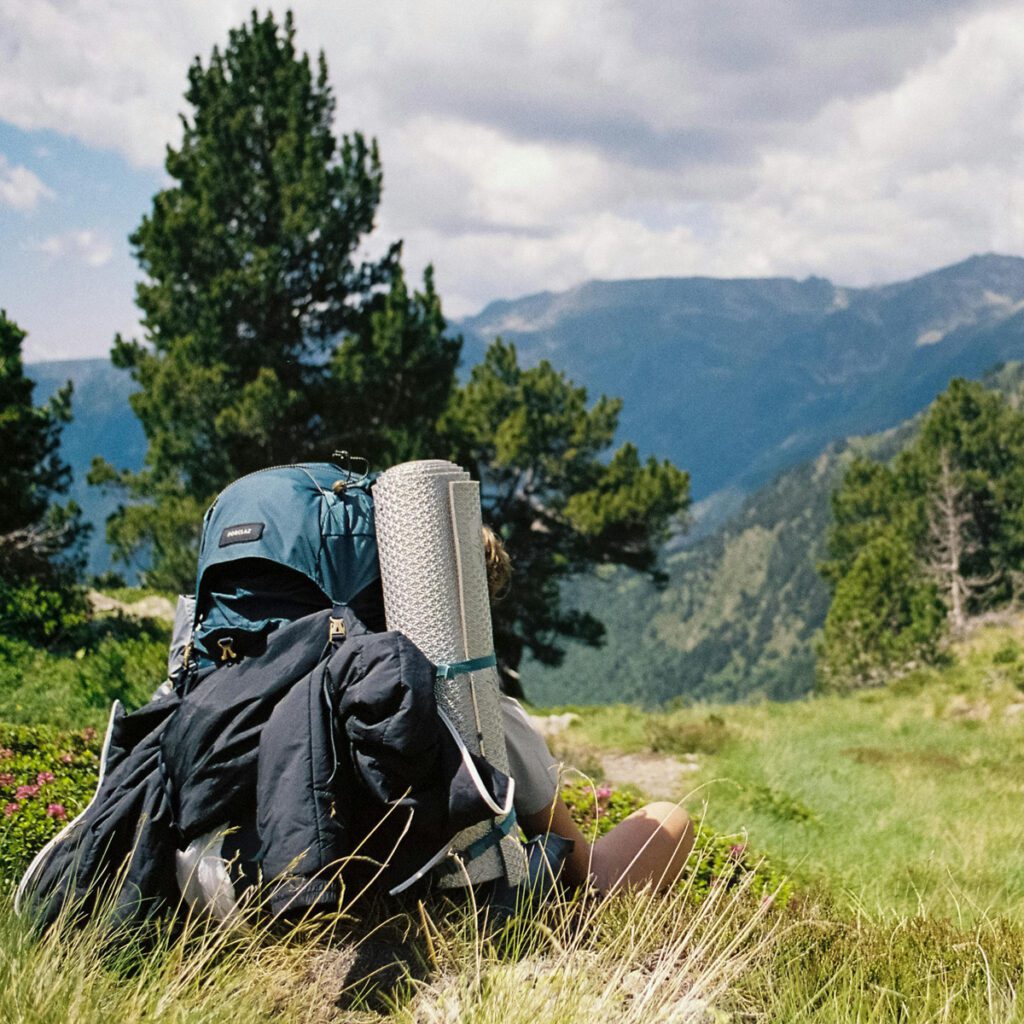

Whatever type of camping you choose, it’s important to have the right gear for the experience. Those who attempt backcountry camping will need to take extra precautions as they are further from civilization, and campers at specified campsites will need to worry mainly about their comfort.
The Restrictions And Rules To Follow
So, what are the rules when you camp at one of our national parks? Here are some things to remember to have a pleasant experience and keep the campsites in pristine condition for years.
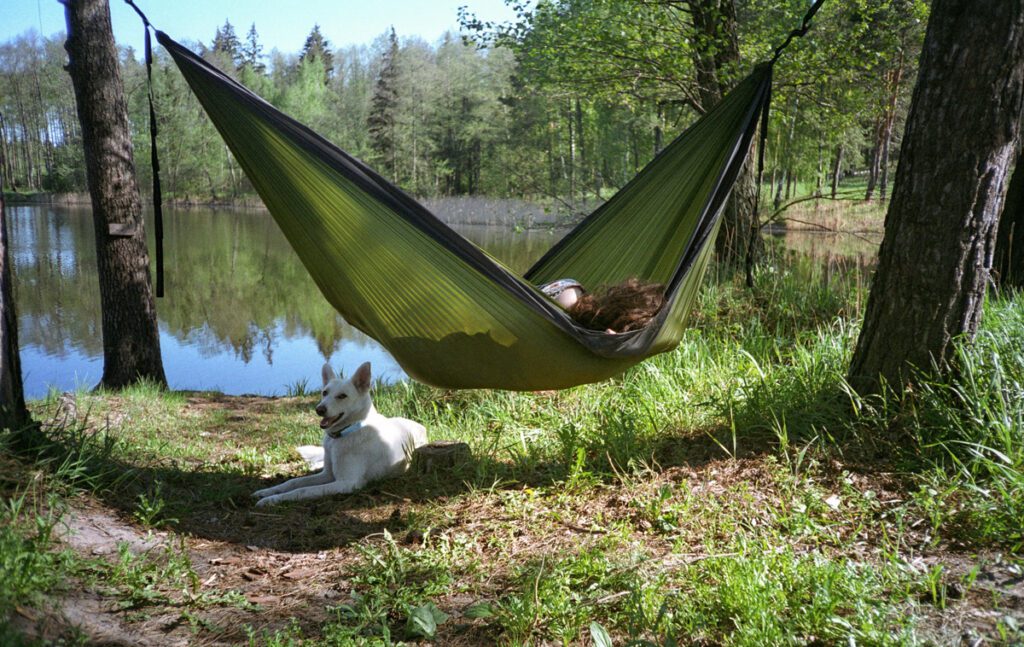

- Be cautious with pets. If you plan on bringing your dog along camping, be sure that you take care of it. Dogs should not threaten wildlife or other campers; you must clean up their waste just as you would your own.
- Leave no trace behind—All campers follow this rule, which refers to leaving a campground exactly as you found it, whether that means no fire or waste left behind.
- Store food correctly—There are many different species of insects and animals out there. When camping in a national park or a state forest, you need to store food correctly to avoid tempting them to the area.
- Know how to use fire—Most campsites have a fire ring or more already assembled, but it’s up to you to know how to work them safely and efficiently and not just leave them until you arrive to learn the skill.
- Understand waste—all national parks require that you dig an appropriate latrine for waste if no bathroom facility is available, especially when you’re backcountry camping.
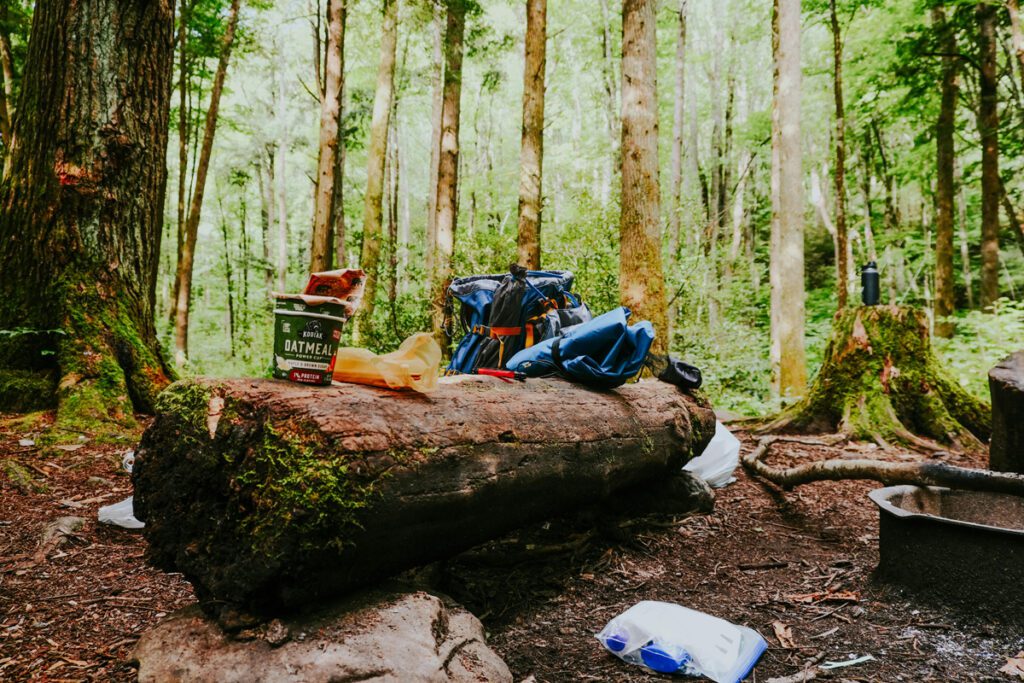

Taking Care Of Our Greatest Asset
Camping America is one of the world’s most diverse and picturesque landscapes with everything from stretching deserts to pine forests and everything in between. However, it’s up to us as campers to protect the areas we explore and follow the rules and regulations set by the National Parks Service.
Camping anywhere, not just in these state parks, requires leaving no trace when heading into the great outdoors. Not only can this harm the environment and animals in the area, but it can also ruin the experience for others.
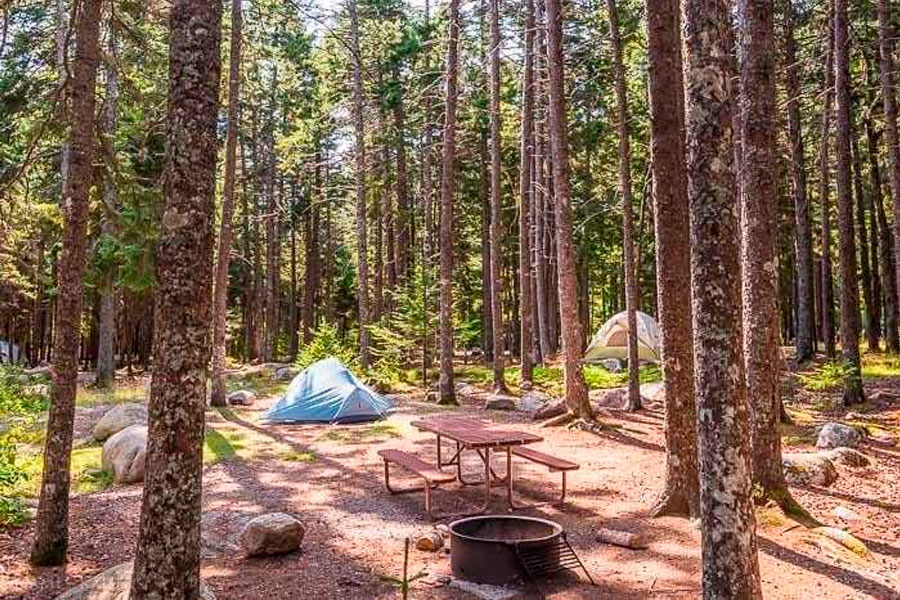

What Is BLM Camping?
BLM land is, for the most part, public land that can be used for camping. Most people assume that this land is owned by someone or part of some private government lot, but much of it is owned by the Bureau of Land Management or BLM. But before you go ahead and try setting up a site on just any old property you see, you’ll need to educate yourself on BLM land camping.
The Bureau of Land Management is a division of the US Department of the Interior. Founded by President Harry Truman in 1946, it manages more than 247.3 million acres of land nationwide.
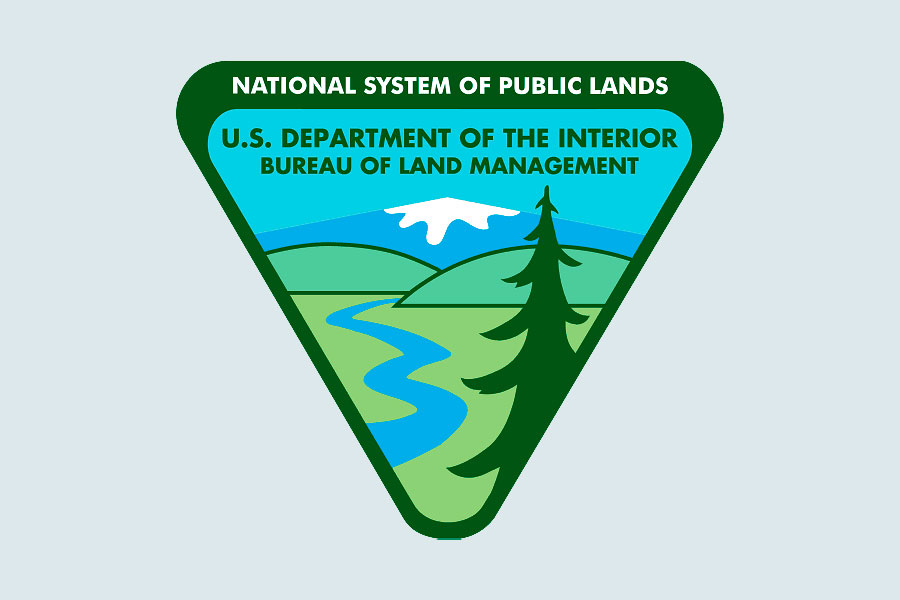

They also monitor mineral deposits, wildlife, and more within this land. BLM land is more prevalent in some areas, like the Midwest and Western United States, but it is possible to find spots near you for camping or other leisure activities. These places are famous for campers looking to experience the true American landscape.
Can You Camp On BLM Land?
People often look only to the national parks for places to camp, but the BLM might be a more valuable camping area. The BLM manages 34 rivers, 136 wilderness areas, 23 recreational trails, 43 national landmarks, and more. These areas cover some of the nation’s most untouched and picturesque landscapes.
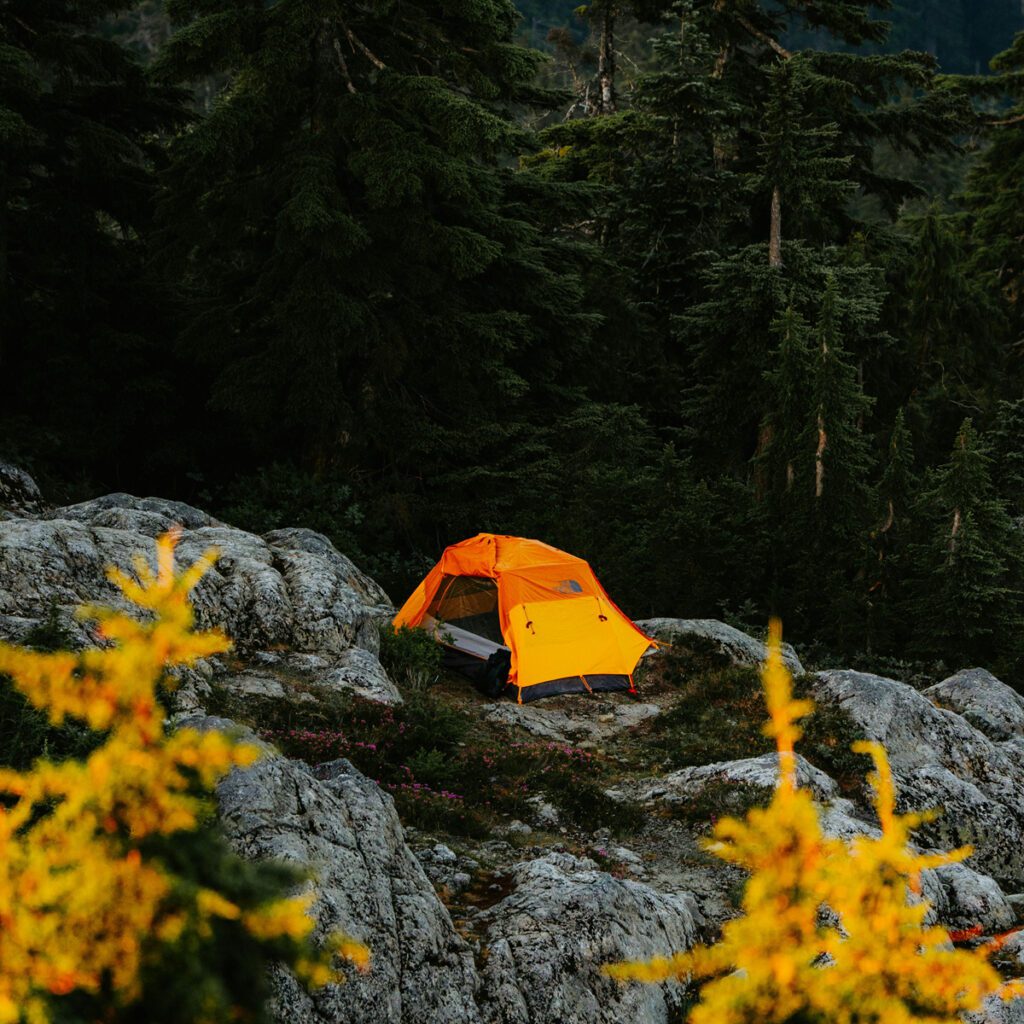

BLM has a website dedicated to helping campers and other outdoor enthusiasts find areas using a simple interactive map. Not all BLM spots are available for camping, so it’s essential to research the area beforehand.
Although it sounds like a great idea, BLM camping might not be ideal for everyone. Check out this list of pros and cons to decide whether this camping style suits you.
Pros
- When you search their official website, you’ll find plenty of land to choose from and plenty of locations available.
- Most areas are free of charge, so there are no hidden costs
- Much of the land is protected, and you’ll find wildlife that you might not see in other parts of the country


Cons
- Depending on the area you choose, you can camp for a limited time, and you’ll need to move 25 miles away to extend your stay.
- Many areas are in the Midwest and the Western US, so there isn’t a huge variety around the country.
Popular Spots For BLM Camping
If you’re wondering about BLM land near you, there are some familiar places that you’ll probably already know of. These are just some of the BLM land in the US that’s available for camping and other recreational activities.
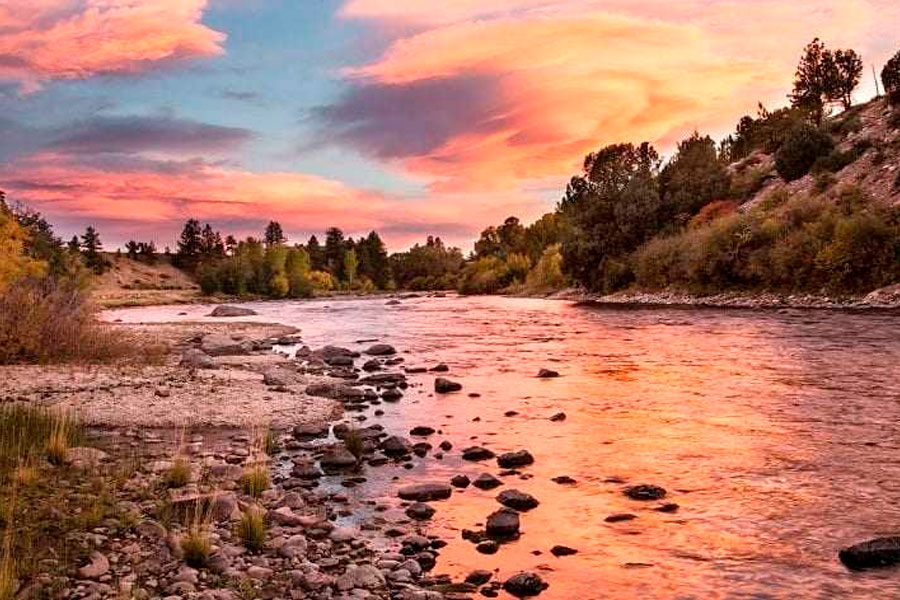

Browns Canyon National Monument
A more recent addition to the BLM list, Browns Canyon, was added to the scheme by Barack Obama in 2015. There is a lot of wildlife here, including elk, sheep, golden eagles, and stunning landscapes to explore.
Alaska
Alaska is one of the most significant areas that BLM manages, with 72 million acres under its watch. The state has plenty of great camping spots, a variety of wildlife, and unique ecosystems to explore.
Mojave Trails National Monument
This Californian land is home to Native American history and features 1.6 million acres to explore. Camping here means you get to experience everything from lava flows to mountain ranges and everything in between.
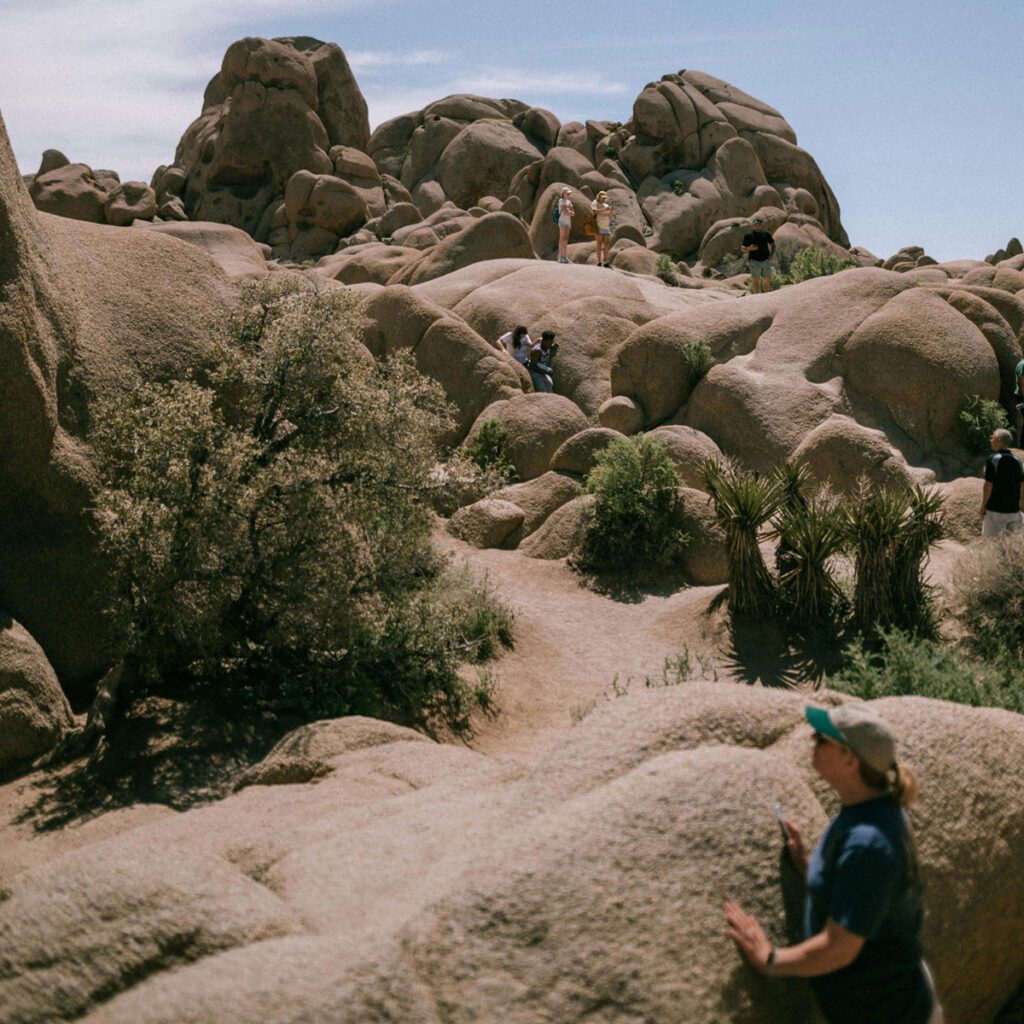

Valley Of The Gods
This stunning landscape of Utah is another famous destination with a rich Native American history. You can camp here and enjoy other outdoor activities. Native American guides also offer tours of the area and teach visitors about its exciting past.
San Juan National Forest
Located in Colorado, this BLM land covers over 1.8 million acres and runs through several local towns. Durango, where the supervisor’s office is in the middle of the forest. It provides a central point for guided tours and more.
Exploring The Nation’s Best Spots For Camping
Regarding camping, America has no shortage of unique places to check out. Our country has so many different landscapes to explore and learn about, no matter what part of the nation you’re from.
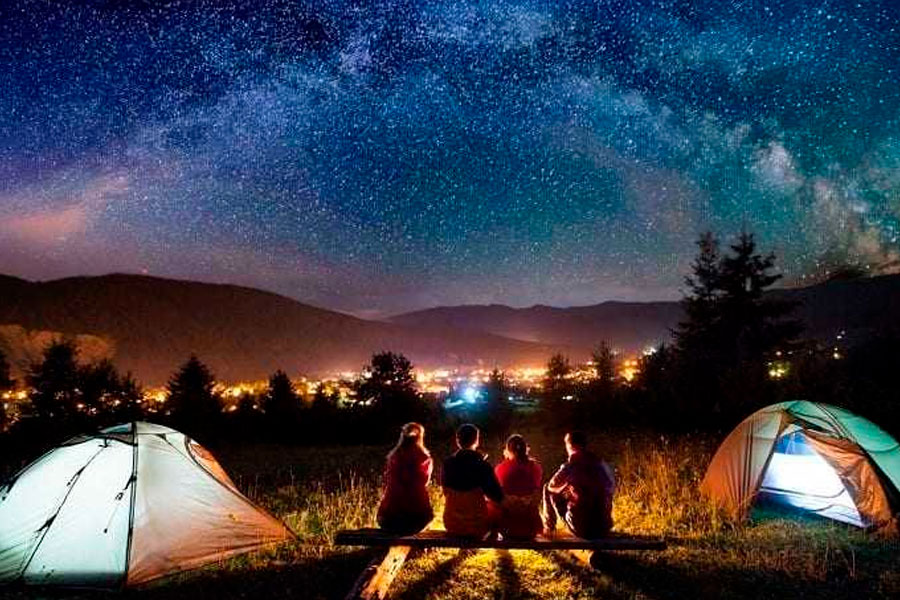

Thanks to the US government, so much of our land has been protected through the management of the BLM. Those interested in camping and other outdoor activities will always have somewhere to visit. Initiatives like this ensure that future generations will also have a way to appreciate nature and the great outdoors.
If you follow the rules of your local BLM and do some research, you’ll get a fantastic free space for your campsite and have the best camping experience. Treating nature with respect and leaving these areas unchanged will allow everyone to appreciate everything this great country offers.
Resources:


